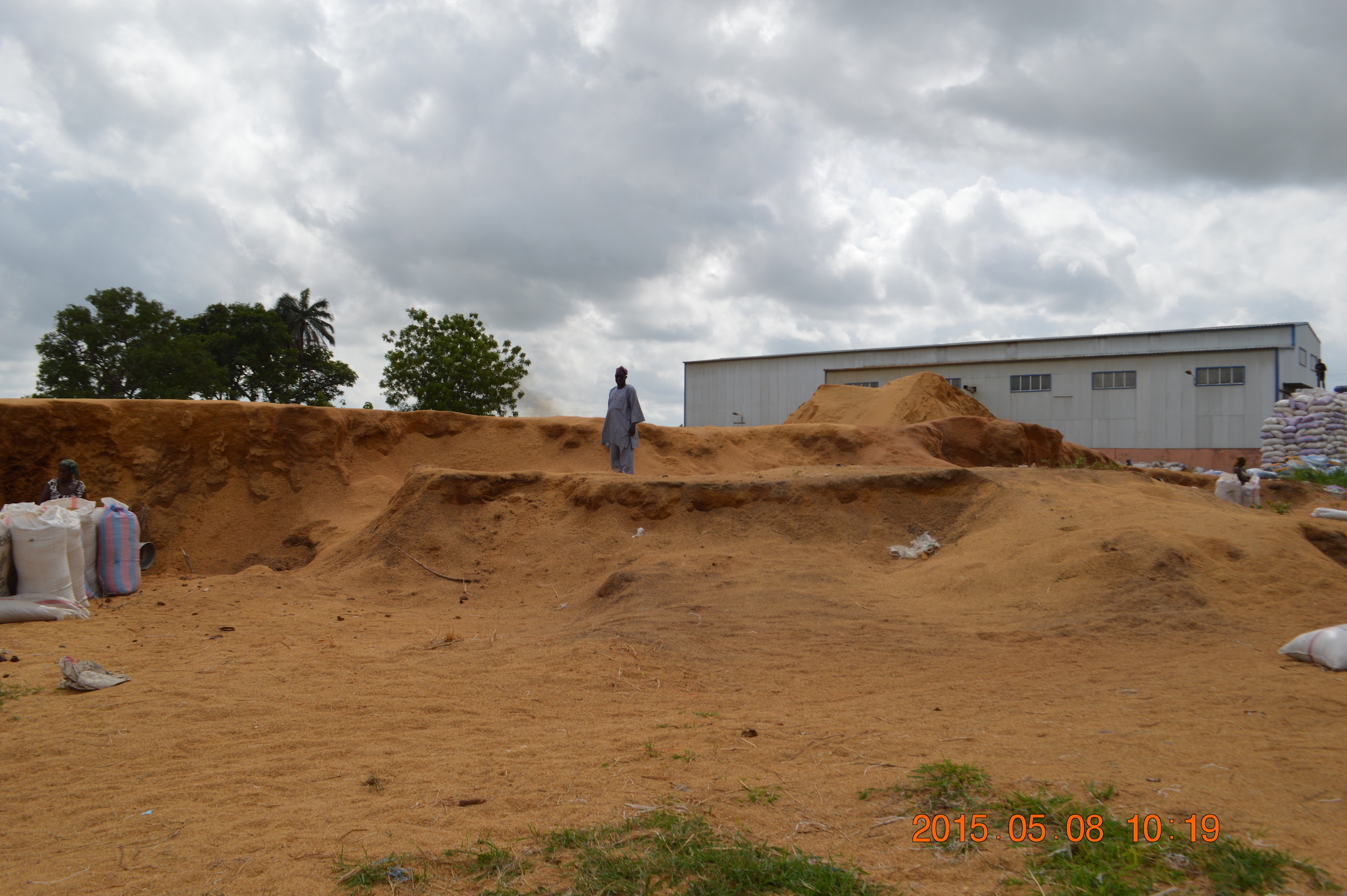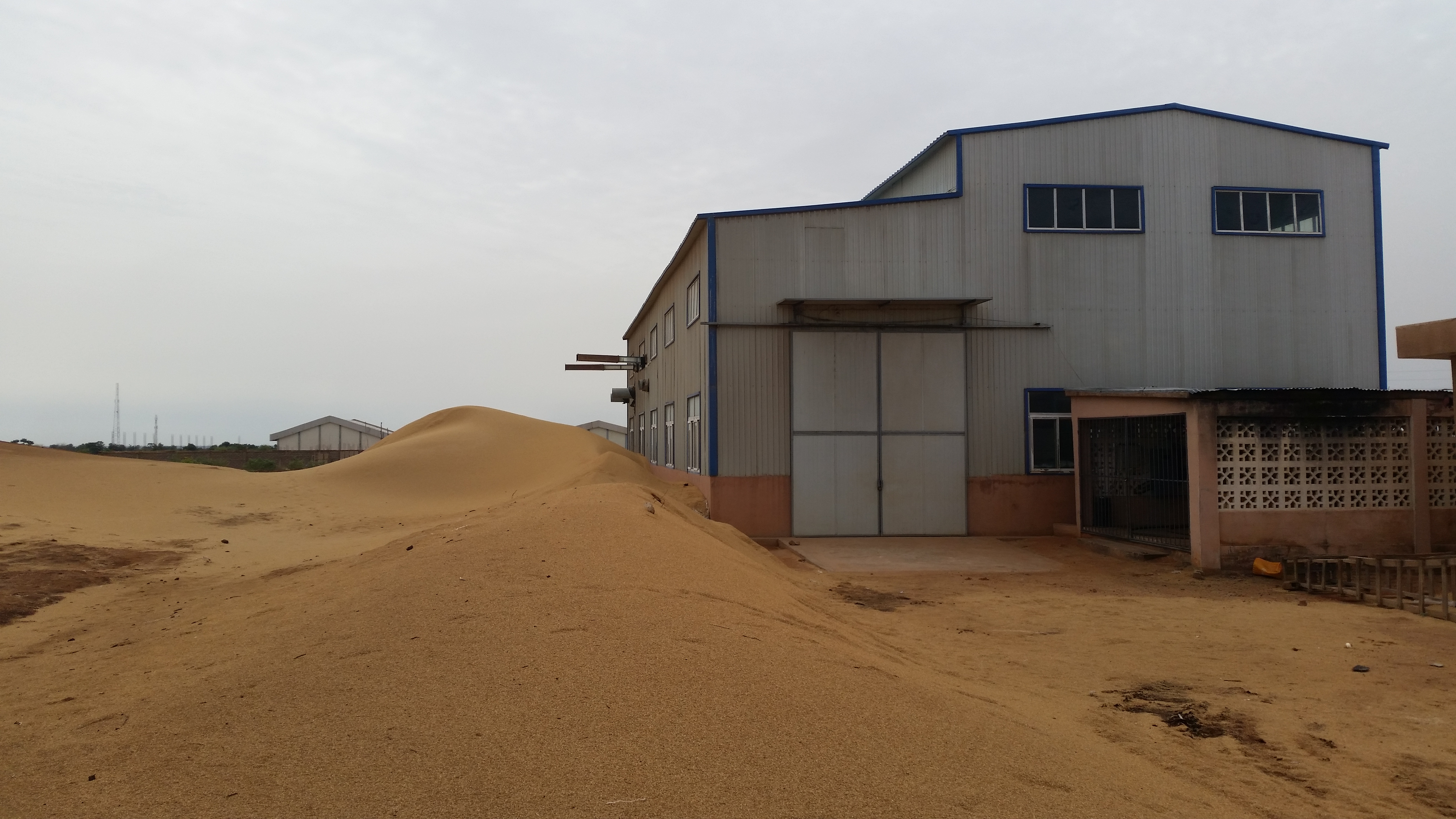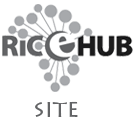Residues resulting from rice cultivation such as straw, husk and bran are on the rise in sub-Saharan Africa (SSA) due to increase rice production. The bran is generally used as feed for livestock while the straw is used as feed for livestock in some regions or ploughed into the soil to improve its fertility. Unlike straw and bran, rice husk is a wasted resource as a majority of what is produced in SSA (about 4 million tons anually) is disposed of by burning in open fields or abandoned behind rice milling facilities. This pollutes the air and land and generates greenhouse gases such as methane (CH4), nitrous oxide (N2O) and un-burnt carbon. In this section, most of the technologies that will be presented will demonstrate how to add-value to rice milling by-products especially rice husk.


Mount of rice husk in Glazoue hub, Benin
TECHNOLOGIES DEVELOPED BY AFRICA RICE CENTER IN COLLABORATION WITH PARTNERS ARE PUBLIC GOODS. KINDLY ACKNOWLEDGE THE AFRICA RICE CENTER IF YOU USE ANY ON THE TECHNOLOGIES DESCRIBED HERE.













